Description
Macho, Macho Plant! I want to see a Macho Plant!If you consider yourself old-fashioned with a preference for tropical vibes, the Macho Fern is for you. You can plant these huge, robust plants along on both sides of your house entrance to give it the historic feel of old districts. They even grow very well in large planters and hanging baskets indoors.These ferns do not produce flowers but they do reproduce by making spores customarily.HistoryGiant sword fern or macho fern is a species of fern in the family Lomariopsidaceae. The scientific name for this fern is Nephrolepis Biserrata.Macho fern was discovered in 1894 in a cargo of N.exaltata to the capital of Massachusetts. It is native to western North America. The term sword fern was documented by David Fairchild.Caring for your Macho Fern plantCaring for a macho fern is an easy task, but it has a few requirements to help it grow healthily.LightThe macho fern does not ask for a lot of sun. Your plant will beautifully thrive in indirect, bright light. You can grow it in shaded or partly shaded areas. However, do not try to grow your plant in very dark areas. That’s because a macho fern needs to get 6 to 8 hours of dim sunlight for survival.If you are growing your plant indoors, do not place it near a south or west facing window as direct sunlight can very quickly burn its foliage. Make sure your macho plant gets bright, indirect light by placing it near a north or east-facing window.SoilGenerally, the macho fern does well in all kinds of garden soils, including sandy or rocky soils. This is because it can grow as an ephiphyte plant.If you wish to pamper your fern, here are the things you should consider about its preferred soil. The fern requires moist but well-draining soil. While choosing the right soil for your plant, look for a variant that has good water retention. The soil should also be airy and rich in organic matter.Macho fern enjoys slightly acidic soil, so a pH ranging from 6.0 to 6.5 will work best.WaterMacho ferns are completely intolerant to drought situations. Make sure you don’t let the soil dry out completely, as it can seriously impact the health of your plant.It requires water in moderation. Water your fern when the first inch of soil begins to feel dry. Remember, you only need to keep the soil moist and not wet, so try not to overwater. Macho ferns can’t tolerate excessive moisture.The best way to water macho ferns is to supply small amounts of water with short breaks.FertilizerMacho ferns only require moderate fertilization. However, they do equally well with or without fertilizer.You can use an all-purpose or nitrogen-rich fertilizer to feed young plants every 6 weeks. Make sure to only do this during spring and summertime.As your fern will mature, you can cut down on fertilizer and only fertilize it once every 6 months during spring and summer seasons.You should avoid over-fertilization at all costs as even a bit of extra fertilizer can cause damage to half or more than half of your fern plant. Plus, to avoid tip burns, water your plant first each time you plan to fertilize it.Common IssuesAlthough macho ferns are generally pest and disease-free plants, certain pests and diseases can attack them.Pests and diseasesYour outdoor macho fern is susceptible to pests than an indoor fern. Common pests such as mealybugs, scales, and aphids can attack your plant. You can treat affected ferns with rubbing alcohol or insecticides.Macho fern diseases include leaf tip burn and nematodes. Brown frond tips can be seen as a result of tip burn. Over fertilization is what usually causes it. Nematodes are a disease that causes the roots to rot and the foliage to wilt and die.Pruning your Macho FernMacho ferns do not require pruning very often. However, it is good to trim or cut off old fronds occasionally.PropagationYou can propagate macho ferns by division. Before you start, make sure your plant is healthy and mature. Dig up the plant and expose the roots Separate a section of rhizomes from the plant Plant the separated clumps in separate containers or areas of your garden Water thoroughlyPotting/RepottingIf you are growing your fern in a container, you will need to repot it every 1 to 2 years. Of course, how often you repot it depends on the growth rate. Although macho ferns can tolerate root bounds, it is best that you repot it to provide enough space to grow.





